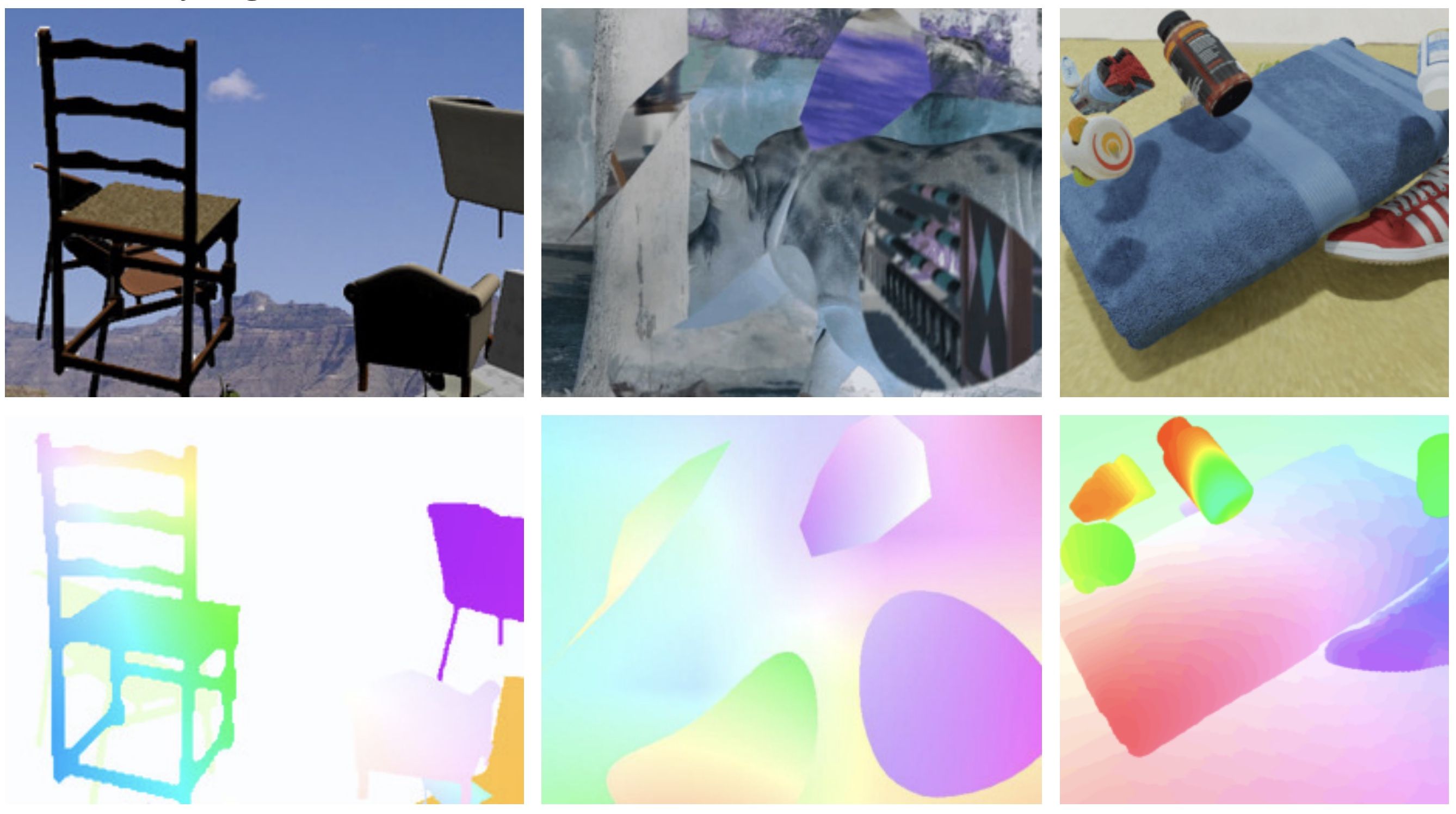
Course Web Page
Course Moodle Page
Aims and Learning Outcomes
This course aims at introducing the theoretical foundations and practical techniques for machine perception, the capability of computers to interpret data resulting from sensor measurements. The course will teach the fundamentals and modern techniques of machine perception, i.e. reconstructing the real world starting from sensor measurements with a focus on machine perception for visual data. The topics covered will be image/geometry representations for machine perception, semantic segmentation, object detection and recognition, geometry capture, appearance modeling and acquisition, motion detection and estimation, human-in-the-loop machine perception, select topics in applied machine perception.
Machine perception/computer vision is a rapidly expanding area of research with real-world applications. An understanding of machine perception is also important for robotics, interactive graphics (especially AR/VR), applied machine learning, and several other fields and industries. This course will provide a fundamental understanding of and practical experience with the relevant techniques.
- Students will understand the theoretical underpinnings of the modern machine perception techniques for reconstructing models of reality starting from an incomplete and imperfect view of reality.
- Students will be able to apply machine perception theory to solve practical problems, e.g. classification of images, geometry capture.
- Students will gain an understanding of which machine perception techniques are appropriate for different tasks and scenarios.
- Students will have hands-on experience with some of these techniques via developing a functional machine perception system in their projects.
- Students will have practical experience with the current prominent machine perception frameworks.
Lectures
This course has 12 lectures and 4 practicals.
- The fundamentals of machine learning for machine perception
- Deep neural networks and frameworks for machine perception
- Semantic segmentation of objects and humans
- Object detection and recognition
- Motion estimation, tracking and recognition
- 3D geometry capture
- Appearance modeling and acquisition
- Select topics in applied machine perception
